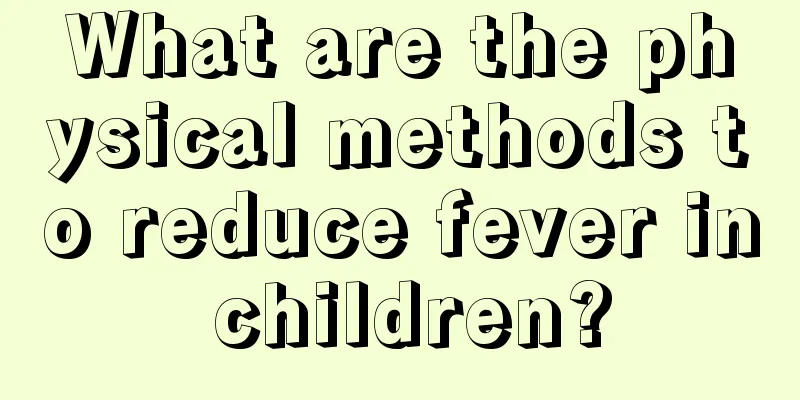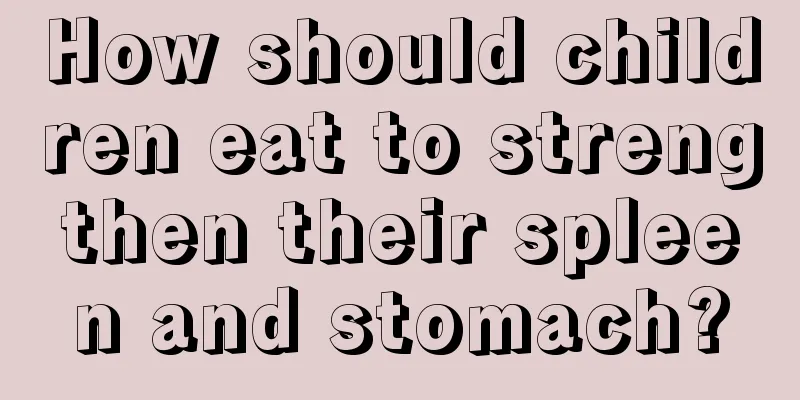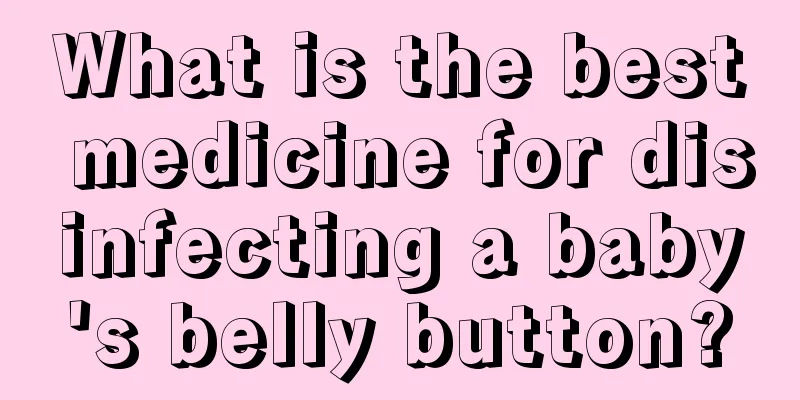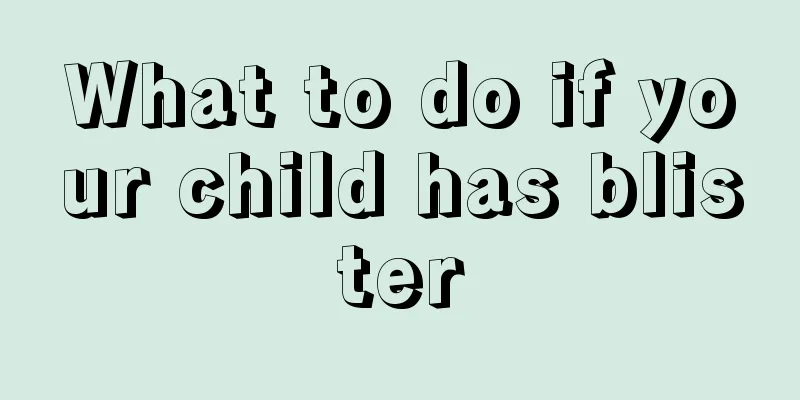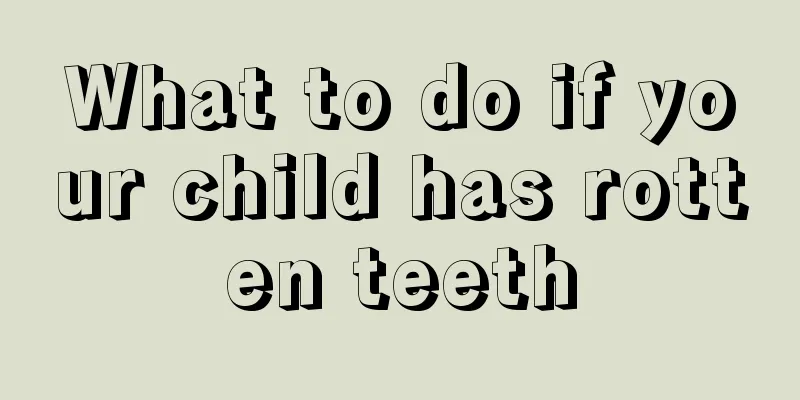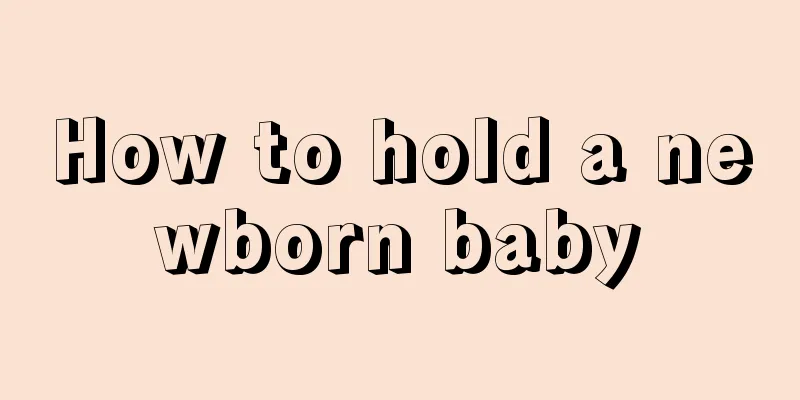Baby fever diet therapy
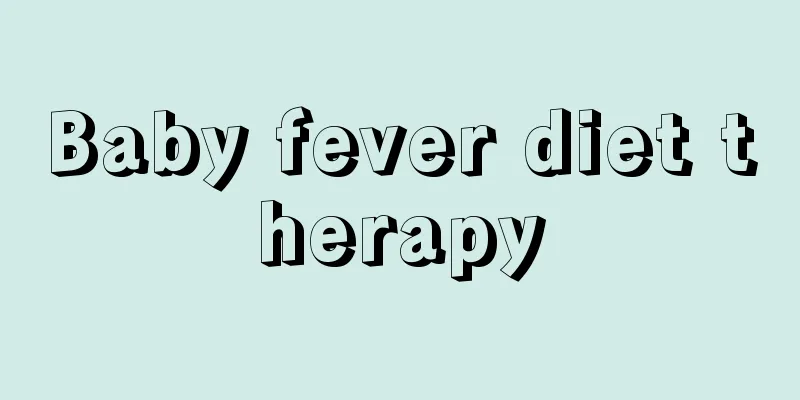
|
The problem of baby's fever is very serious in the eyes of mothers, because if the baby's fever is not treated in time, it can easily become serious and cause damage to the baby's brain nerves. Most parents will try to use medication to treat their babies when they have a fever, because medication can have a great impact on the baby's body. So what are the dietary methods to reduce fever when the baby has a fever? 1. Dietary prescription for children with fever 01Double Flower Drink [Ingredients] 25 grams each of honeysuckle and chrysanthemum, 30 grams of hawthorn, and 200 grams of honey. (Honey is not recommended for children under 3 years old or when coughing with phlegm) [Preparation method] 1. Wash honeysuckle, chrysanthemum and hawthorn berries, smash the hawthorn berries, put them into the pot together, and add water. 2. Bring to a boil over high heat, then simmer over low heat for 25 minutes. Filter with hawthorn, removing the residue and keeping the juice. 3. Boil the honey over low heat until it turns slightly yellow and sticky, then slowly pour it into the boiled medicine and stir well. [Usage and Dosage] Take orally, twice a day. [Functions and indications] Clears away heat and detoxifies, promotes the production of body fluids and moistens dryness, and helps digestion and resolves stagnation. However, it is not suitable for drinking in the early stages of a cold. [Nutritional value] Honeysuckle can dispel wind-heat, clear blood toxins, and can be used for various febrile diseases, such as fever, rash, spots, heat-toxic sores, sore throat, etc., with very significant effects. Chrysanthemum has the effects of clearing away heat and detoxifying, dispersing wind-heat, clearing the liver and improving eyesight. It is mainly used to treat exogenous wind-heat or the initial stage of wind-temperature, fever, headache, dizziness, red and swollen eyes, and carbuncle and swelling. Hawthorn can prevent and treat cardiovascular diseases, has a cardiotonic effect, and is beneficial for stimulating appetite, promoting digestion, and promoting blood circulation and removing blood stasis. Honey can promote blood vessel, heart and brain function, protect the liver, and is very beneficial for cardiovascular patients. [Food incompatibility] Chrysanthemum: Do not eat with celery. Eating with chicken or pork will cause poisoning. Hawthorn: It should not be eaten with seafood, ginseng, or lemon. 02Ginger and Brown Sugar Porridge [Ingredients] 15 grams of ginger (skin on), 50 grams of brown sugar, 100 grams of rice. [Preparation] 1. Wash the ginger and cut into shreds. Wash the rice and set aside. 2. Add appropriate amount of water into the pot, put in rice and shredded ginger to cook porridge. 3. When it is almost cooked, add brown sugar and cook for two or three more times. (If the child has an obvious cough, it is not recommended to add brown sugar) [Usage and Dosage] Take twice a day for 5 to 7 days. [Functions and indications] It can induce sweating and dispel wind-cold, and is suitable for patients with wind-cold cough and thin white sputum. [Nutritional value] Ginger: warms the middle and dispels cold, induces sweat and relieves exterior symptoms, and stops vomiting. Brown sugar: warm in nature, sweet in taste, and enters the spleen. It has the effects of invigorating qi and blood, strengthening the spleen and warming the stomach, relieving pain, and promoting blood circulation and removing blood stasis. 03Sugarcane porridge [Materials] 500-1000 grams of sugarcane, 50 grams of polished rice. [Preparation] 1. Wash and peel the fresh sugarcane, cut it into small sections, then cut it in half and squeeze out all the juice. 2. Wash the japonica rice and put it into the pot, add appropriate amount of water. 3. Bring to a boil over high heat, then simmer until it becomes porridge, then add sugarcane juice and mix well. 【Usage and Dosage】2-3 times a day. [Functions and indications] Clears away heat and produces body fluid, relieves qi and moistens dryness. Suitable for cough caused by lung heat and dry mouth and tongue. 2. What should children eat when they have a fever? 1. Eat more liquid food that is easy to digest When a child has a fever, his body temperature rises and his metabolic capacity decreases. It is best to feed children mainly liquid or semi-liquid food, such as: milk, rice soup, mung bean soup, low-fat meat soup and various fresh fruit juices. If a child has a fever accompanied by diarrhea and vomiting, but the symptoms are mild, you can give the child small amounts of homemade oral sugar and salt water solution multiple times. The preparation ratio is 1: add one level spoon of sugar and half a beer bottle cap of salt to 500 ml of water or rice soup. Children around 1 year old can take 500 ml within 4 hours. At the same time, you can also let your child eat some foods that supplement electrolytes, such as citrus fruits, bananas, milk and soy milk, rice soup or pasta. But it is not advisable to eat too much fruit, moderation is enough, and it is best to soak it in warm water before giving it to children. During this period, do not let your children eat cold foods, sweets or snacks. 2. When the body temperature drops, increase the proportion of semi-liquid food appropriately When the child's body temperature drops and his appetite improves, he can be changed to a semi-liquid diet, such as: lotus root powder, milk powder, porridge, egg custard, noodle soup, etc. The principle is to eat light and easily digestible food, and eat small meals frequently. 3. What should children pay attention to when they have a fever? 1. A child's fever and anorexia is a protective measure. Force-feeding them will not only not promote recovery, but may also aggravate the condition or cause food stagnation. 2. There is no need to blindly avoid certain foods to prevent malnutrition and decreased resistance. 3. Children should not be allowed to overeat, and should not be given seafood or overly salty or greasy dishes to prevent allergies or respiratory irritation, which may aggravate symptoms. 4. Children with cough and phlegm often swallow the phlegm into their stomachs because they cannot cough it up. Severe coughing can also cause stomach discomfort. If they eat too much, they are prone to vomiting. 5. Children with severe fever symptoms should go to the hospital for medical treatment in time. |
<<: What to do if your baby's eyes are stung by peppers
>>: Causes of pain below the ribs in children
Recommend
What materials are good for children's dental fillings?
There are actually quite a lot of materials that ...
How to correct a baby's big right side face
Chinese people pay attention to symmetry, which i...
What can’t a 1-year-old baby eat? These foods must be avoided
For a one-year-old baby, the digestive system is ...
What should I do if my child is allergic to tetanus?
If a child has a wound on his body, it is necessa...
Why doesn’t my baby sleep well?
In daily life, we often find that some babies bec...
What should I do if my child has a low nose bridge?
This is an era where everyone pursues beauty, and...
How does Traditional Chinese Medicine treat malnutrition in children?
Infantile malnutrition is a chronic disease, whic...
Why do babies have fontanelles?
The fontanelle is actually a window in the skull ...
How many months can a baby sit in a walker
When babies grow to a certain age, they will begi...
Why does the baby retch after feeding?
A baby is the apple of a family's eye and is ...
What to do if the baby can't sleep and cries?
When a baby can't sleep and cries, it may be ...
What are the effects of anemia in infants?
There are not many symptoms of anemia in the earl...
What should I do if my 3-year-old baby is farsighted?
Some parents have found that their children seem ...
Why does my baby have a stuffy nose at night?
The baby's immune system has not yet fully de...
What can children eat to help them grow taller?
As we all know, some children of the same age hav...


